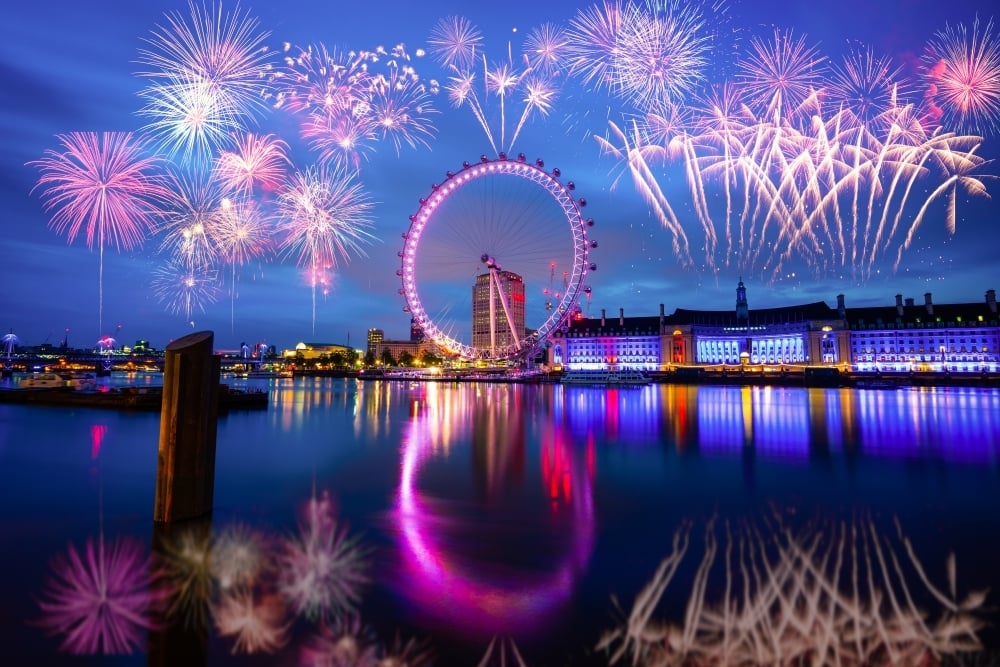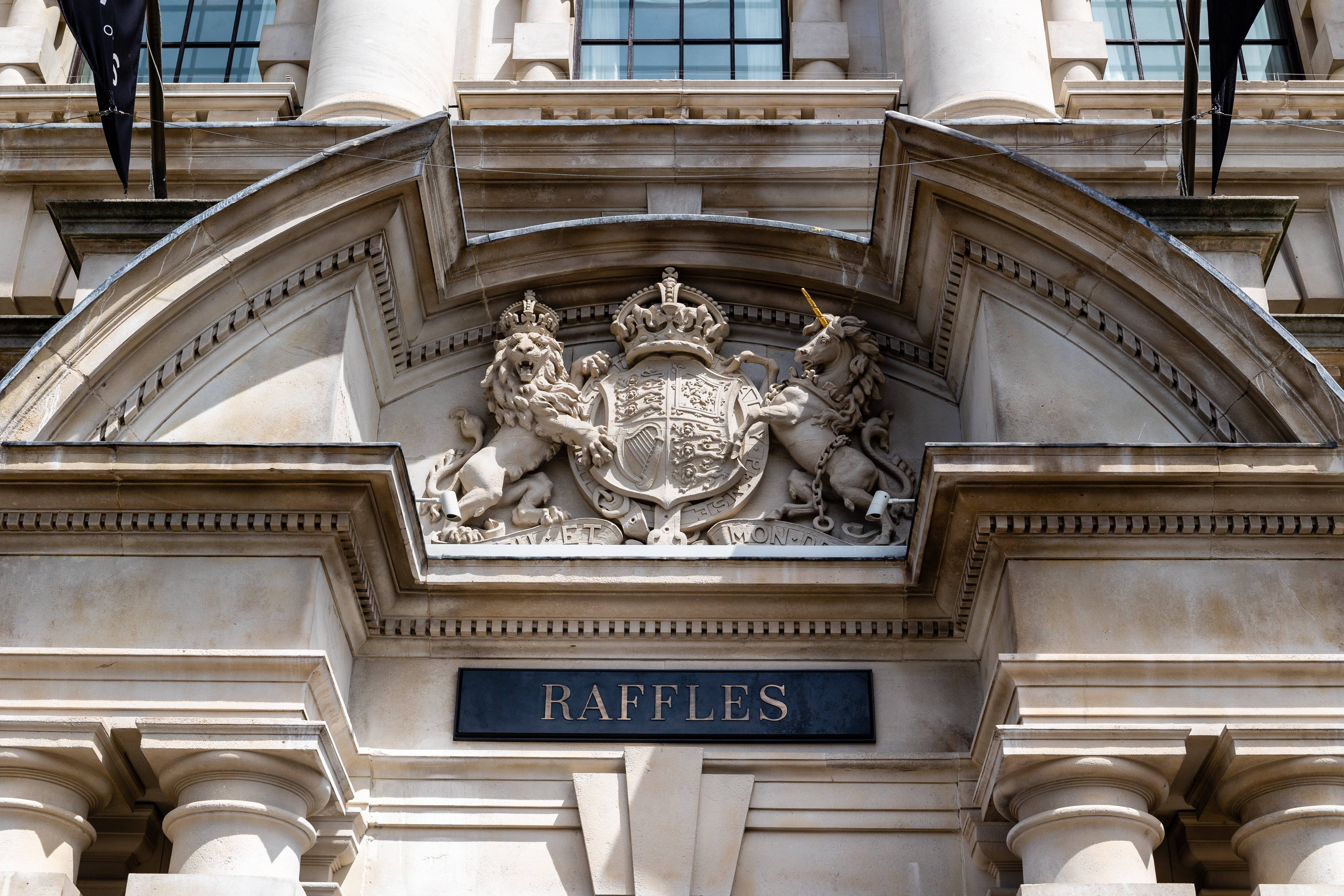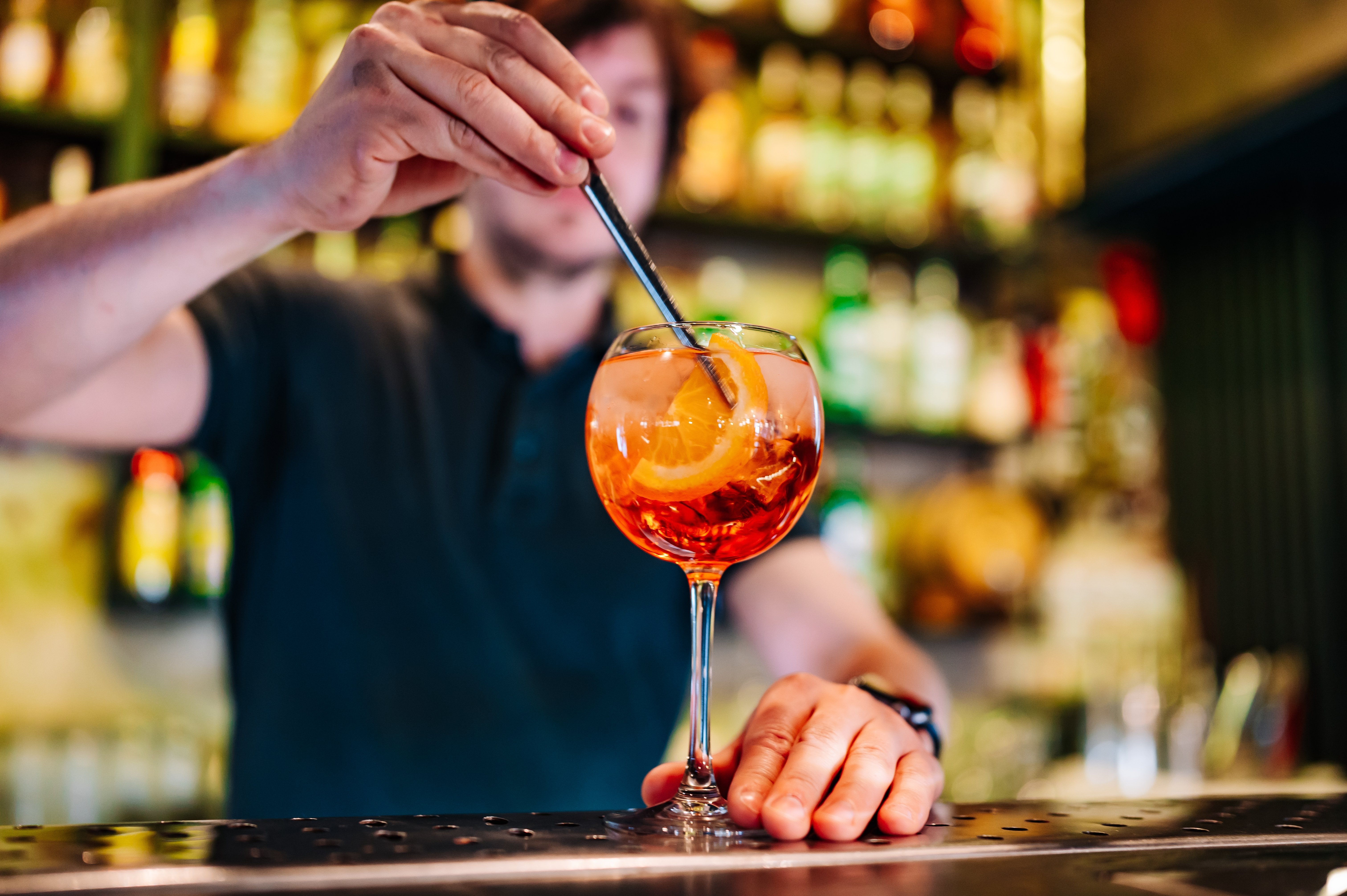The Most Unusual Things To Do In London
From royal pageantry to high-brow shopping and dining, London is one of the world’s most famous cities that has been immortalised through some of its most popular iconography. But tucked between well-known landmarks such as Buckingham Palace, Big Ben, The Shard and Harrods, lies a parallel world of lesser-known curiosities that don't appear in most guidebooks.
In a city stuffed with intrigue, art, history and endless lists of things to see and do, the following are the most off-the-beaten-path recommendations which any visitor craving a different look at one of the world’s most famous cities will not want to miss.

Eel Pie Island
One of London’s best-kept secrets. Part artistic commune, part crumbling golden age of rock-and-roll relic, Eel Pie Island is located on a quiet stretch of the River Thames near Twickenham – accessible only by footbridge and closed to the public most of the year. On select few days of the year, visitors can access the island and take a step back through time to London’s Golden Age of art and music. In the 1960s, Eel Pie Island was infamous for its eponymous hotel-turned-jazz club, which hosted the likes of The Rolling Stones, Pink Floyd, and The Who before they reached global mega-stardom.
The hotel is now derelict, but the island lives on as a quirky sanctuary for reclusive artists, inventors, and tinkerers. Like the genteel cousin of Copenhagen’s Christiana, residents of the island live amongst repurposed boats, sculpture gardens, and bare hallmarks of the Swinging 60s' infamous counterculture movement that they have struggled to leave behind. It’s a glimpse of an older version of London that remains untouched by the advances of the modern world – unique, unfiltered, and proudly rebellious.
The Seven Noses of Soho
Most people walk through Soho entranced by its bright neon signs, famous old pubs and clubs, and perhaps the occasional blue plaque commemorating a noteworthy resident. But few would ever think to stare at the neighbourhood's countless walls and corners, hunting for noses. Dotted around the area are seven signature snouts cast in plaster that were installed by artist Rick Buckley in 1997 as a silent protest against growing CCTV surveillance. Buckley originally attached around 35 noses to buildings across London, but only seven remain, and spotting them has become an underground pursuit within Soho.
The noses are small, unlabelled, and often sit above doorways or on sheer walls. The one inside Admiralty Arch is particularly famous due to a prevailing urban myth that it was cast after Napoleon’s, and that cavalry officers used to salute it as they passed. The hunt has no map and no plaque, just word of mouth, mystery, and the thrill of discovering an off-the-beaten-track art trail that belongs to another time.
God’s Own Junkyard
Hidden within an unassuming industrial estate in the heart of charming Walthamstow, this explosion of neon colour is part workshop, part gallery, and part psychedelic fever dream. Built by the late Chris Bracey, a neon artist who once lit up some of Soho’s most famous backstreet haunts and made working props for Hollywood films, God’s Own Junkyard is one of the most curious spots in North London.
While not a museum or gallery in any sense, inside the warehouse unit, visitors will find exhibits from vintage circus letters to glowing crucifixes, risqué club signs, and bizarre pieces such as a neon angel wielding a chainsaw. The attached café ( gleefully named ‘The Rolling Scones’) offers a fine selection of both pastries and hot food to savour under a kaleidoscope of flickering reds and pinks. After matching up the more famous exhibits to their place in popular culture, visitors can enjoy a tasting session at the excellent Pillars Brewery across the road, and then wander back through the leafy green streets that shroud the estate’s delightful attractions.
The Viktor Wynd Museum of Curiosities, Fine Art & Natural History
Tucked behind a black-painted façade on Mare Street in Hackney, this Victorian-style cabinet of curiosities doesn’t quite know if it’s an art gallery, a natural history museum, or something else entirely. The Viktor Wynd Museum is the passion project of the eponymous owner and avid collector, known for his outrageous pieces and exhibits. Inside, cabinets are overflowing with tribal masks, two-headed kittens, erotica, antique medical instruments, extinct butterflies, celebrity hair clippings, and the preserved remains of a (alleged) mermaid.
Downstairs, the candlelit basement casts an ethereal mood that matches the walls lined with memento mori skulls and taxidermied oddities. On the upper floors, a plush cocktail bar serves an eclectic mix of absinthe and champagne for guests to savour the traditional Victorian era beverage range. The museum toes the line between grotesque and refined tastes, with tongue-in-cheek exhibits and a reverence for the weird collectors and hoarders. It may not appeal to all comers, but for those with a taste for the morbid or the marvellously macabre, it might just be the most captivating premises in the city.
Wilton’s Music Hall
A hidden treasure found down a nondescript alley in the middle of Whitechapel, Wilton’s Music Hall Grade II listed structure has weathered time better than most of its contemporaries. Built in the 1850s, it was once the East End’s grandest venue, hosting singers, acrobats, and vaudeville acts at the height of the Victorian era. After decades of decline, it’s now been partly restored, but without the polish of other venues across London, preserving the peeling paint, warped floorboards, and giving the establishment a spectral charm of its bygone era.
Attending a show at Wilton’s is unlike any other theatrical experience in London. The programming is eclectic, with everything from spoken word and silent film screenings to opera and drag cabaret, but the time-warped setting and undeniable atmosphere are what set the venue apart. Having survived countless fires, wartime bombs, and city overhauls, Wilton’s just endured the effects of time, so much as it actively embraces them as part of its identity today.
Mudlarking
The River Thames was once the city of London’s most important medium for travel, with hundreds of boats and barges travelling up and down stream each day, bearing all manner of goods. Those days have long since passed, but the river still holds its secrets, some of which are revealed when the tides are at their lowest. For those willing to get both thoroughly muddy and wet, Mudlarking is the age-old practice of scavenging the riverbed for lost or discarded items. Pottery fragments from Roman London, Tudor pins, Victorian clay pipes, coins, military buttons, perhaps even the occasional unexploded bomb – all of these are waiting to be found once the tide retreats.
Official mudlarking now requires a permit, but guided tours offer the next best thing for those wanting to explore the river like never before. Guides offer tips and tricks to identify finds, avoid safety hazards, and read the river’s moods, to ensure the best possible experience. It’s a fun, alternative take on archaeology below street level, combined with the thrill of a scavenger hunt, and the perfect alternative activity for a day out in London.



